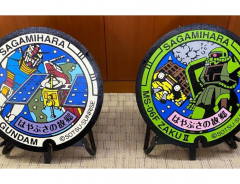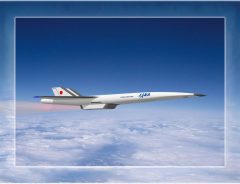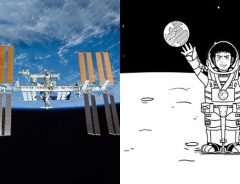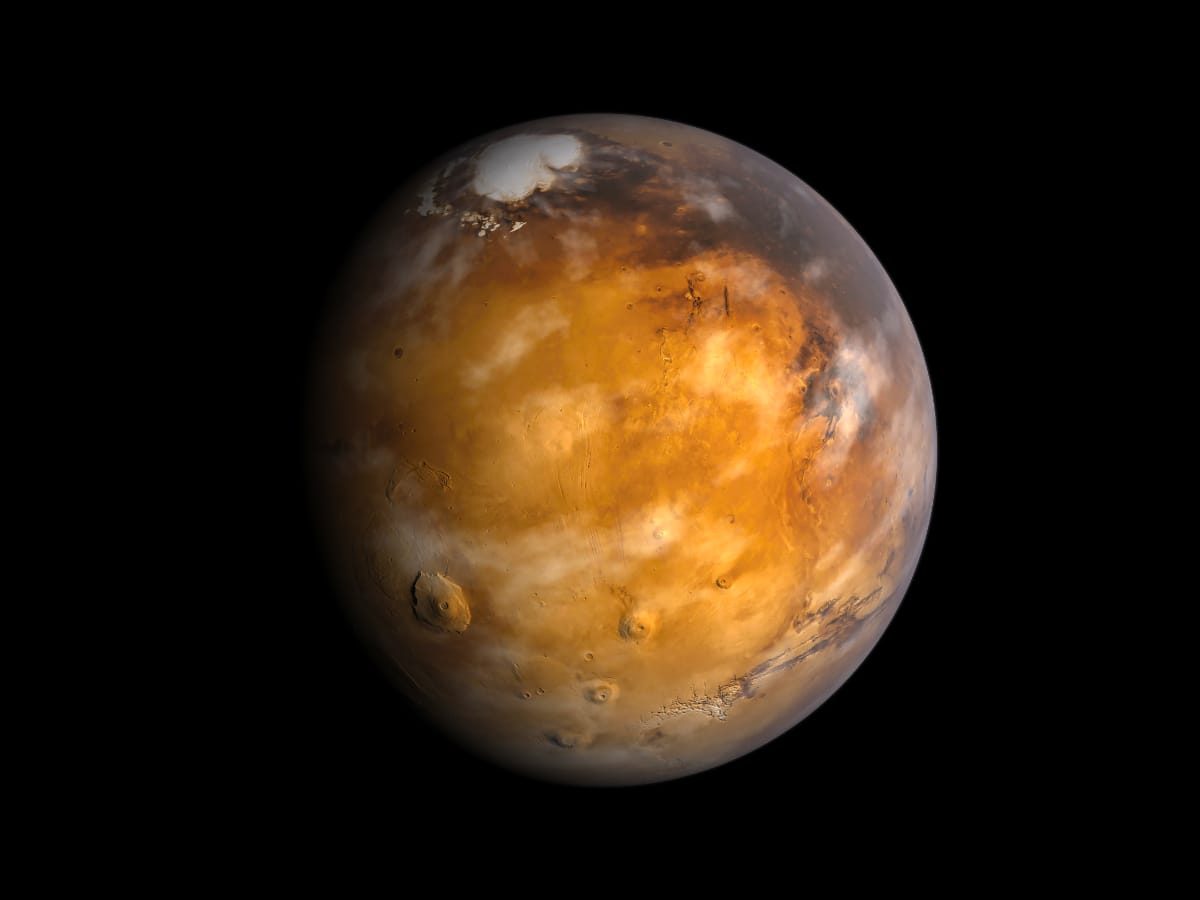- Tags:
- JAXA / Mars / space mission
Related Article
-

Phoenix-Like Clouds Illuminate The Skies of Okinawa Before Daybreak
-

Gundam manholes land in Sagamihara City adding to Japan’s impressive lineup of manhole designs
-

INTERVIEW | Koichi Wakata on the Prospects of a Japanese Astronaut on the Moon
-

Across the Pacific in Two Hours: JAXA Sets Sights on Mach 5 Supersonic Aircraft
-

Space Brothers’ Creator Contributes To The First Animation Film Ever Made In Space
-

Japanese “Asteroid Jelly” Brings Otherworldly Sweets To Convenience Stores



Japan’s space agency JAXA, announced earlier this month that its project to explore the Martian moons has gotten the green light and moved into the development stage.
The project, dubbed the Martian Moon Exploration (MMX), will see the agency attempt to land a spacecraft on Phobos, one of Mars’ two moons. If the mission is successful, it will be the first time in the history of mankind for any country to land on the surface of a Martian moon, furthermore, if the mission makes it all the way back to earth, it will also mark a first for round-trips into the Mars system.
In the announcement, JAXA states that the government has greenlighted the mission and that the project has officially moved into the development stage, meaning the team will begin working on the mission hardware and software needed for the return journey to the red planet.
Project manager, Yasuhiro Kawakatsu gave a presentation to Japan’s Ministry of Education, Culture, Sports, Science, and Technology (MEXT). According to the official MMX Blog, the presentation outlined the mission’s scientific goals, success criteria, the implementation system, the financial plan, schedule and also identify risks and countermeasures.
Goals of the MMX project
The MMX team has stated that one of the main goals of the mission is to work out the origins of Mars’ two moons, which they hope will help them better understand how planets end up with water on their surfaces.
Mars has been of continuing importance to science communities across the globe due to the planet being a possibly habitable planet. Despite not currently supporting life (that we know of), it is believed that Mars once had an environment similar to Earth in the past, the theory is further speculated and many think the planet may have even had surface oceans. To help us understand our own planet’s habitability development, we need to research Mar’s evolution and how it acquired it’s water.
The origins of the two moons are also under debate, with some arguing that they were formed after something smashed into the planet and others who believe they were merely asteroids captured by Mars’ gravitational pull.
The exciting mission will see JAXA using similar technology to what was installed on the Hayabusa 2 probe, which previously collected and retrieved samples from the asteroid Ryugu in 2019.
The technology will need to be further developed for the MMX mission, as the spacecraft will land for several hours to collect a sample of at least 10g from a minimum of 2cm below the moon’s surface.
A second role of the mission will see the MMX spacecraft test the technology needed to enter and leave Mars' atmosphere, landing and measuring the radiation of the environment. The last point is of particular importance to JAXA, as the two moons have been considered as the locations of possible future human bases.
Jim Green, Chief Scientist of NASA said in the announcement “Humans can realistically explore the surfaces of only a few objects and Phobos and Deimos are on that list,” adding, “Their position orbiting about Mars may make them a prime target for humans to visit first before reaching the surface of the Red Planet, but that will only be possible after the results of the MMX mission have been completed.”
The mission itself may have been greenlighted by the Japanese government, but it is still an international project, with equipment being provided by JAXA’s international partners, NASA, ESA, CNES and DLR. It is estimated by The Asahi Shimbun that the project development costs will be 46.4 billion yen.
After stepping up the mission to the development stage, the MMX planned launch date is currently set for 2024. If it all goes as planned, the spacecraft will enter Martian orbit in 2025, where it will study Phobos, Deimos, and their surroundings for the next three years before returning to Earth with samples in 2029.